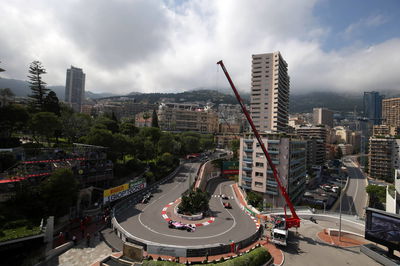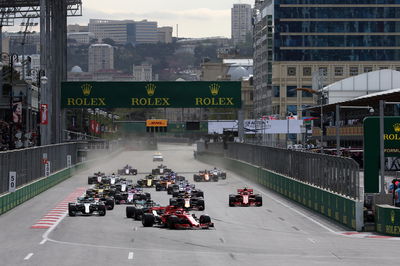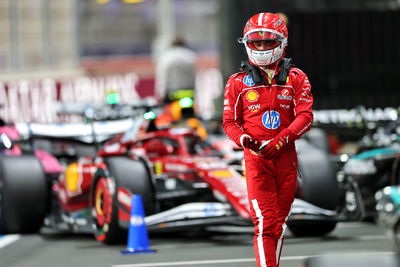Is F1’s crown jewel losing its lustre?
One of the first lessons you learn when working in Formula 1 is the way in which the tracks that are fan favourites often tend to be the races paddock people most dread.
Silverstone has a wonderful atmosphere, but the relocation of the paddock area has cut the soul out of the weekend. The fan fervour for the British Grand Prix is not shared by those who have to drag themselves to the airfield for four days of bussing to a fenced island bereft of ambience.

One of the first lessons you learn when working in Formula 1 is the way in which the tracks that are fan favourites often tend to be the races paddock people most dread.
Silverstone has a wonderful atmosphere, but the relocation of the paddock area has cut the soul out of the weekend. The fan fervour for the British Grand Prix is not shared by those who have to drag themselves to the airfield for four days of bussing to a fenced island bereft of ambience.
Monza is La Pista Magica for many - and a personal favourite - but access to the track can be a nightmare, and anyone looking after Italian clients spends half the year fending off requests for passes.
And then there is Monaco, the so-called jewel in F1’s crown. While the principality sparkles in the May sunshine, behind all of the glitter is a paddock filled with harried people working in a space too small for purpose, and trying to get around a city in effective lockdown.
Monaco is glamorous, but it is also grinding. The challenge of getting the job done here is traditionally balanced out by the plethora of parties as sponsors launch activation after activation with a view to getting coverage of their product tinged with a touch of Riviera glamour. If you’ve never been, Monaco is aspirational.
This year, however, there has been a dramatic drop in the number of invitations on offer. Where once it was a matter of triaging invites, maximising the number of parties attended while minimising the time spent getting from one side of the principality to the other, this year there are fewer parties, with shorter guest lists.
It wouldn’t matter, were it not for the fact that parties can actually be a very good bellwether for the financial health of the sport. New sponsors coming in tend to announce their arrival with some sort of event, be it a dinner, a cocktail, or a yacht excursion. Events bring media, and media brings coverage.
This week we have seen some new partnership announcements from the likes of Sauber and McLaren, but the silent drop of a press release into an email inbox doesn’t make much noise online.
Times are tight in Formula 1, and have been since the end of the tobacco era. In 2001 it was confirmed that tobacco advertising in the sport would end in 2006, which also happened to be the year that the Singapore Grand Prix was first announced. While the two events were coincidental, not causal, there is a curious link between Singapore, Monaco, and tobacco.
The Monaco Grand Prix remains the only event on the calendar in which Ferrari’s Philip Morris connection is not obscured. The principality is decorated with Marlboro adverts featuring the faces of one or both Ferrari drivers, and in previous years shops have sold special Monaco-edition Marlboro reds, complete with Scuderia branding. F1’s legacy race, the jewel in the crown, still operates as if these were the good ol’ days, flush with tabac-cash.
But while Monaco continues to party like it’s 1989, Singapore has quietly been stealing the principality’s thunder. Both are street races, both are party races, but only one is a famous parade.
Singapore is an event that transcends motor racing. While there is action on track (some years good, some years bad, as is the way of things), the Marina Bay event is as popular for its sideshows and festivities as it is for the action on-track. With concerts and parties and events aplenty, Singapore has become the sponsors’ race of choice.
Rather than attract attention in the storied but stagnant European market, sponsors are looking east - to a part of the world with a growing youth population that is enjoying exponential increases in their disposable income - and turning away from the western millennial Generation Rent, victims of an economic downturn that has made financial security and disposable incomes pipe dreams accessible only to the few.
Since 2012 it has become increasingly clear that the corporate world is betting on east, not west, for future potential and growth. With every passing Monaco Grand Prix it has become increasingly clear that the jewel in F1’s crown is becoming tarnished with age.











